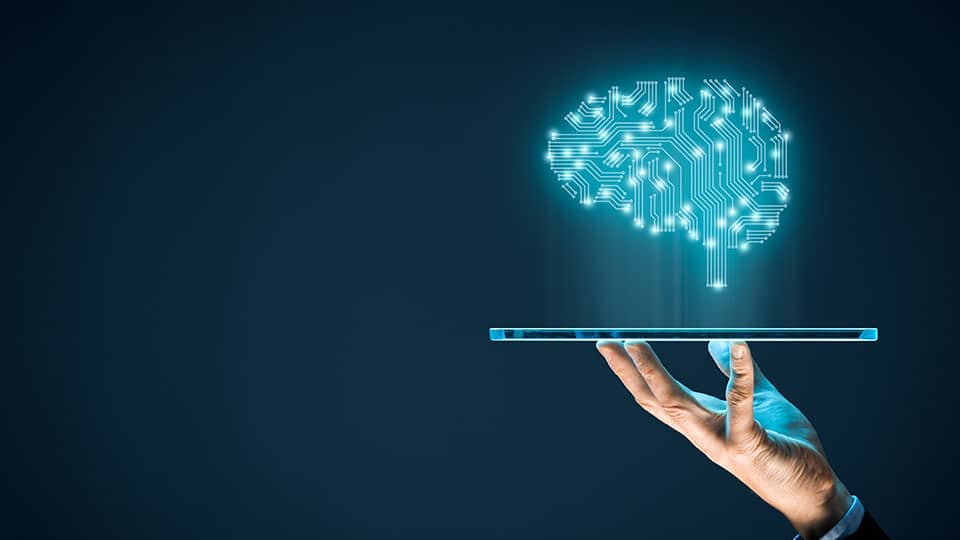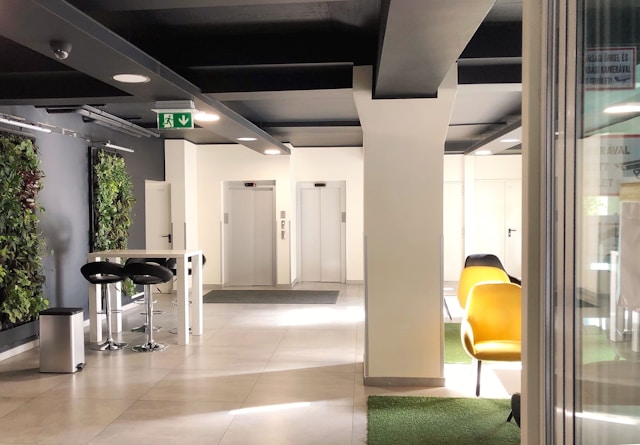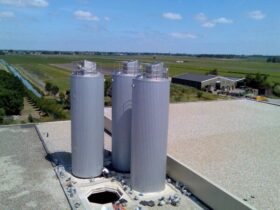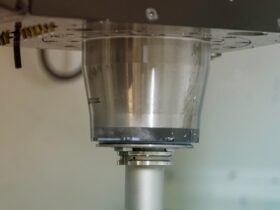We are close to a future where you can step into an elevator that already knows your destination floor before you press a button or one that can optimize its routing to reduce your wait time and energy consumption. This is not far fetched, but the reality of smart elevators and building automation technology advancing today. As we move into an era of smarter, more connected buildings, the integration of elevators into the Internet of Things (IoT) ecosystem is transforming how we navigate the vertical spaces in urban environments.
The Rise of Smart Elevators
Smart elevators represent a significant leap forward from their traditional counterparts. Equipped with advanced algorithms, sensors, and connectivity features, these elevators offer enhanced efficiency, safety, and convenience. The concept extends beyond simple up-and-down movement, integrating into a building’s overall automation system to provide seamless and intuitive user experiences.
Building Automation: The Bigger Picture
Building automation systems (BAS) encompass much more than elevators. They control heating, ventilation, air conditioning (HVAC), lighting, security, and more to create more comfortable, efficient, and secure environments. Elevators, as an integral part of these systems, play a crucial role in the smart management of buildings, contributing to the optimization of energy use and the enhancement of inhabitants’ safety and comfort.
Safety Innovations
Safety is a paramount concern in elevator design and operation. Smart elevators leverage technology to enhance safety measures through predictive maintenance, real-time monitoring, and emergency response integration. By anticipating and addressing potential issues before they become problems, smart elevators significantly improve the safety and reliability of vertical transportation.
Ensuring the safety and regulatory compliance of elevator systems is an ongoing responsibility for building managers. Regular professional elevator inspections are vital in maintaining the operational efficiency and safety standards of these complex systems. Such measures are integral to the reliable function of smart elevators and building automation systems, reflecting the industry’s commitment to security and innovation.
Personalization and Efficiency
The personalized experience is a hallmark of smart elevators. Imagine an elevator that remembers your preferred destination based on the time of day or an event in your calendar. This level of personalization not only enhances convenience but also improves the efficiency of elevator operations, reducing wait times and energy consumption.

The Role of AI and Machine Learning
At the heart of smart elevators and building automation are Artificial Intelligence (AI) and Machine Learning (ML). These technologies enable elevators to learn from traffic patterns, predict peak usage times, and adjust their operations accordingly for optimal performance. The potential of AI and ML in this field is vast, promising even greater advancements in efficiency and user experience in the future.
Integrating with the Smart Grid
One of the most significant prospects for smart elevators is their integration into the smart grid. Smart elevators can use real-time data to make decisions about when to shut down or operate more efficiently, contributing to overall energy savings in the building. During peak demand times, elevators can adjust their operations to alleviate strain on the power grid, thereby supporting sustainable urban development.
Environmental Impact
The emphasis on sustainability within smart elevators and building automation also marks a significant pivot toward eco-friendly urban development. By efficiently managing energy consumption and reducing waste, these technologies contribute heavily to the green building movement, aiming to lessen the carbon footprint of urban centers. This shift not only aligns with global sustainability goals but also sets a new standard for the construction and operation of future buildings.
Enhanced Connectivity
As the Internet of Things continues to expand, the connectivity of smart elevators with other building systems and external networks enhances operational intelligence. This interconnectedness allows for the consolidation of data across platforms, improving decision-making processes and enabling a more cohesive approach to building management. The evolution of connectivity technologies promises to further streamline the integration of elevators into comprehensive building ecosystems.
User-Centric Design
Ultimately, the advancement of smart elevators reflects a broader trend toward user-centric design in technology. By tailoring experiences to individual preferences and needs, these systems are not just transforming how we move, but also how we interact with our built environment. The focus on the user experience is key to driving further innovations in this field, ensuring that as technology progresses, it does so in a manner that is both accessible and beneficial to all.
Conclusion
The future of smart elevators and building automation is bright, with technology paving the way for more intuitive, efficient, and safe vertical transportation. As buildings become smarter and more connected, the role of elevators in enhancing the quality of life in urban environments will only grow. While the journey towards fully automated buildings is ongoing, the advancements in elevator technology are a promising step toward a more sustainable and convenient urban future.














Leave a Reply